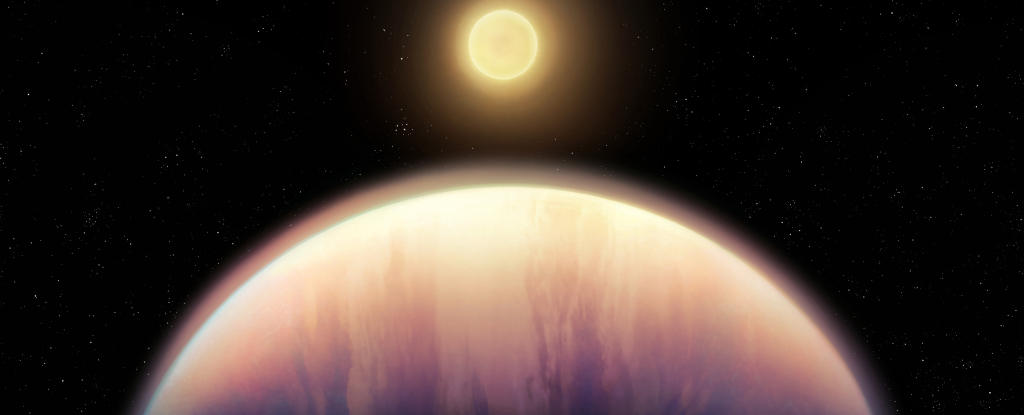JWST Detects Carbon Dioxide Outside Solar System For First Time

Unraveling the Mysteries of Distant Worlds: JWST's Groundbreaking Exoplanet Discoveries
A Glimpse into HR 8799: A Mirror to Our Solar System?
The James Webb Space Telescope (JWST) continues to revolutionize our understanding of exoplanets, particularly their atmospheric composition. By analyzing starlight filtering through exoplanet atmospheres, JWST unveils the secrets hidden within these distant worlds. Recently, its focus turned to the HR 8799 system, a fascinating collection of gas giants 130 light-years away in the constellation Pegasus.
This system, orbiting a young star only 30 million years old, boasts four massive gas giants, each several times larger than Jupiter. These planets, HR 8799 b, c, d, and e, orbit their star at significant distances, providing a unique opportunity for direct observation.
Core Accretion vs. Disk Instability: How Did These Giants Form?
Two main theories explain gas giant formation: core accretion, where a solid core gradually attracts gas, and disk instability, where gas rapidly clumps together. Determining which process prevails helps us understand planetary system formation across the galaxy.
JWST's observations of HR 8799 have provided crucial evidence supporting core accretion. The detection of carbon dioxide in these planets' atmospheres suggests a formation process similar to that of Jupiter and Saturn in our own Solar System. This exciting finding could mean that our solar system's formation is not unique.
William Balmer of Johns Hopkins University, who led the research, highlighted the broader significance of these findings: "Our hope with this kind of research is to understand our own Solar System, life, and ourselves in the comparison to other exoplanetary systems, so we can contextualise our existence."
JWST's Advanced Technology: Unveiling Hidden Worlds
Directly imaging exoplanets is incredibly challenging due to the overwhelming brightness of their host stars. However, JWST's NIRCam coronagraph, which blocks starlight, allows the faint infrared light emitted by planets to be detected.
By analyzing specific wavelengths absorbed by different gases, researchers discovered that the HR 8799 planets contain higher concentrations of heavy elements than previously thought. This detailed analysis further reinforces the core accretion theory.
The Future of Exoplanet Exploration
The HR 8799 observations were part of Webb's Guaranteed Time Observations programs, showcasing the telescope's vital role in exoplanet research. JWST's groundbreaking capabilities continue to push the boundaries of our understanding, not only of exoplanets but also of our own Solar System and the vast universe beyond.